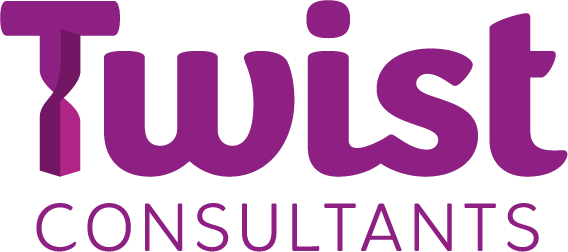How do you get people to work well together when they all have different styles of working and communicating?
Pexels, Fauxels
I’ve found time and time again that having a better understanding of others – and ourselves – can really help to reduce friction and tension across the board. And one of the tools I use to start this exploration is the DISC assessment - the acronym is drawn from the four behavioural traits:
Dominance (Determined)
Influence (Energetic)
Steadiness (Collaborative)
Compliance (Evidence based)
These are more commonly identified through the DISC colours of red, yellow, green and blue but it’s really important to recognise that this isn’t about labelling people as one colour or another. It’s about recognising that we’re all very different and that includes our responses to change, whether that’s an organisational restructure, the introduction of new tech or a merger.
For me, this specifically means an improvement in our communication approaches as well as considering other people’s responses to change.
Why it helps to understand other people’s personalities and preferences
Not all of us love change. Many of us dread it and cling to the way things are with all our might. A large proportion are in the middle and others can’t wait to try new things.
Using DISC to get a better picture of people’s preferences can help us shape our own change and approaches. And by giving us the opportunity to build our own self-awareness it means we’ll be able to communicate better. Here are just some examples of insights that DISC could bring…
For those with a dominant D (Dominance)
Typically, Ds want to get things done and move towards a goal at pace. They are highly likely to be on board with change and can be very determined to forge ahead. High Ds sometimes won’t have the patience to get people on board or look at the nitty gritty of implementation plans. Staying focused on results, seeing early wins and straightforward communications matters for them. Timelines and plans are important.
For those with a dominant I (Influence)
The enthusiasm exhibited by those with a high I is the same in change, with them often being keen right from the start. Fast-paced and highly people-focused, they are fun to work with, but need to be kept on track otherwise they won’t follow through. They want their opinions to be heard. They can be brilliant champions for change.
For those with a dominant S (Steadiness)
One key thing to remember about those with a dominant S is that they don’t like change or conflict. They prefer the status quo. It can feel like they’re really slow in adopting change, so getting them involved early can be a real advantage. As a result, understanding the ‘why’ of change will be important for them. Once they ‘get’ it and are on board, they will be great advocates for the change.
For those with a dominant C (Compliance)
Systematic, accurate and analytical are all common terms related to those with a dominant C. As you might expect, they can take time to make decisions and need lots of detail. As a result, the questions they ask might sound challenging, but it’s simply a need to get more information and facts so this is worth remembering when communicating with them. They are a huge asset in building and delivering on detailed plans and are great at problem-solving.
How can DISC help leaders and managers?
When we understand people better, it opens up a whole heap of insights that can be valuable for teams as well as individuals.
Here are just a few of the benefits it can bring for leaders and managers who want to improve team interactions and performance:
By learning more about each team members’ dominant behaviours, you’ll get a better understanding of how these personality traits come together in a team environment - especially when things are unsteady and uncertain. These insights show each member of the team – and the leader or manager - how their colleagues work and communicate and where and how any friction could show up and be minimised
Understanding dominant traits and how they show up in relationships can help to identify potential conflict and so improve communication and ways of working
Play to strengths – when we know more about ourselves and our personality preferences, it’s easier to work with those preferences. And, by knowing more about who we are, we can seek to understand others.
These are very general indicators of behavioural styles and we must remember they’re not labels – every one of us is unique. But they can serve as powerful indicators of individual and team preferences and motivators. This can really help leaders to develop and deliver the most appropriate communication approaches to keep disruption down and engagement up.
Most of all, using a tool like DISC can help us all understand ourselves and others a little better and so keep people firmly front and centre of change.
If you’d like to explore your own DISC profile or find out how this assessment could help you and your team in organisational change, get in touch.
If you want to explore DISC in different contexts, then check out the ‘Surrounded by…’ books series by Thomas Erikson.


